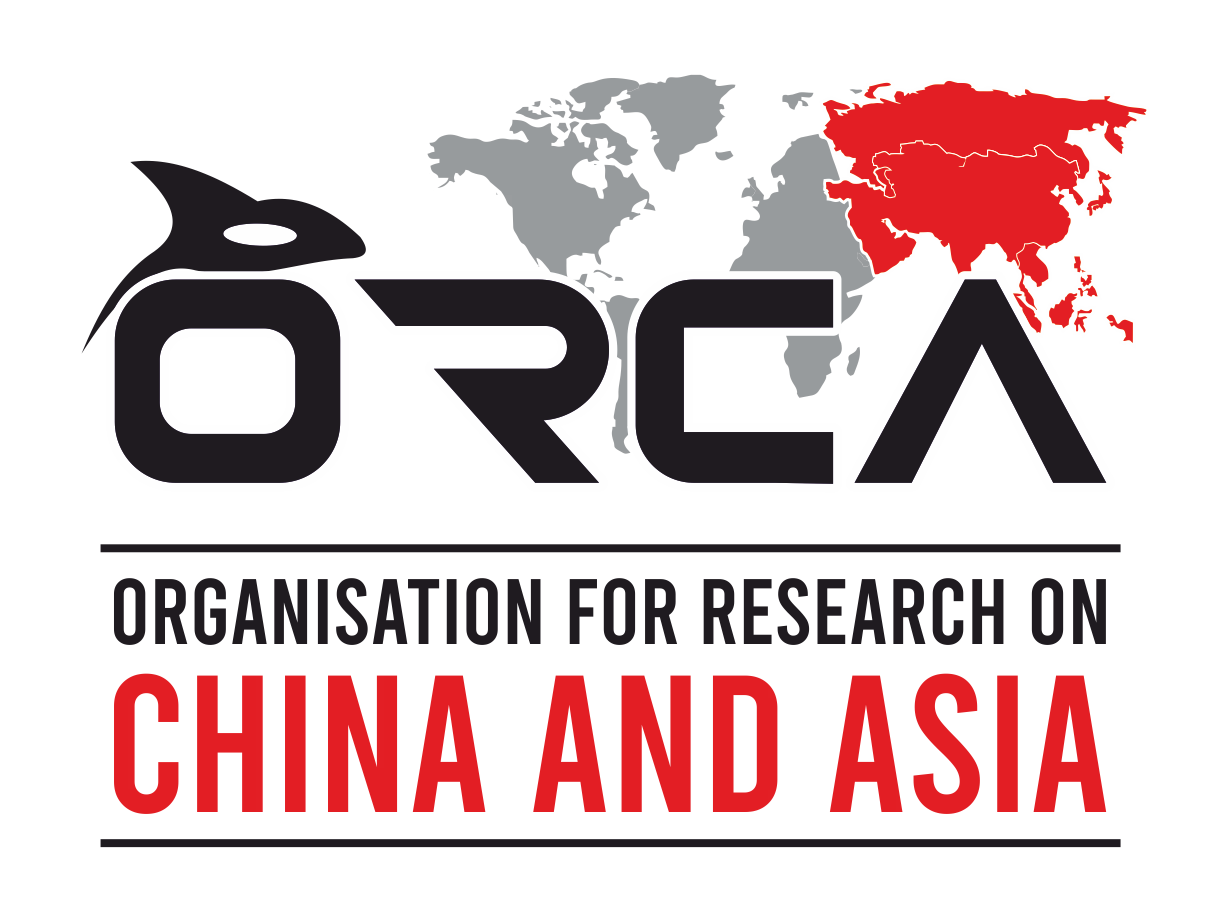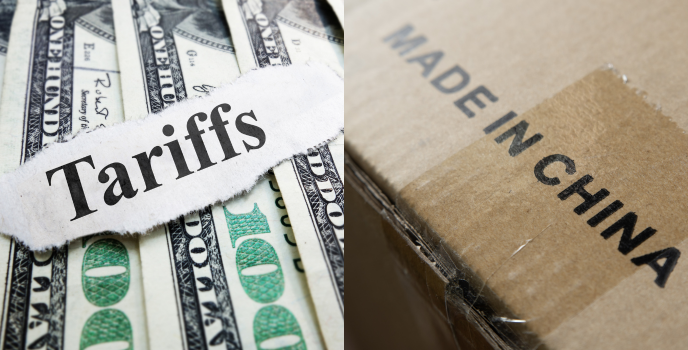Chinese President Xi Jinping’s three-nation tour of Southeast Asia was his first overseas trip of the year, and a revealing effort to counteract mounting pressures from China’s external environment. His visit to Vietnam, Malaysia and Cambodia was substantive as well as symbolic. Beijing has sensed an opportunity to position itself as a pillar of stability in uncertain times, and secure its trading relationships to weather Washington’s incoming trade and economic actions that “counter” and “sideline” China. As China and the United States descend into a spiral of retaliatory tariffs, thereby threatening to destablise the global economic order, a vacuum is emerging in the international trade system—a void in leadership and stability that China appears increasingly eager to occupy.
Xi Jinping’s call for an “Asian Family”, echoed by other statements from Beijing, signalled China’s emphasis on its natural partnership with Southeast Asia, driven by bonds of shared culture and common regional outlook. At the same time, he has called on Vietnam’s leaders to “fight unilateral bullying”, Malaysia’s Anwar Ibrahim to “respond to the law of the jungle” and Cambodia to “resist protectionism”, veiled references to the US’s trade policies. Expanded trade relations and closer strategic cooperation with Southeast Asia appears a priority engagement for Beijing to mitigate economic uncertainty and hedge against external vulnerabilities.
Counter-Tariff Manoeuvres: Redirection and Transshipment
China-ASEAN trade has grown at an average of 7.5% annually since 2013, reaching 980 billion USD in 2024. Southeast Asia has been China’s largest market over the last five years, with exports growing by 12% in 2024. By deepening economic relationships in Vietnam, Malaysia and Cambodia just two weeks after US tariffs were imposed, Beijing has doubled down on the strategic importance of Southeast Asia for China’s external trade and geoeconomic interests.
Amid mounting backlogs at major ports such as Shanghai and the phenomenon of exporters abandoning shipments en route to the US, leveraging the Southeast Asian market has become an increasingly critical imperative for China’s economic resilience. As a result, Beijing is lobbying against protectionism in the form of tariffs, duties and technical barriers to ensure market openness for Chinese enterprises who can offload excess capacity at artificially low prices.
This is a tried and tested strategy. In Vietnam, cheap Chinese e-commerce goods have already decreased the revenues of small-and-medium enterprises, and in Thailand, factory closures for furniture, electrical and transport goods have been attributed to the inflow of cheap Chinese goods. Countries like India, wary of the inflow of Chinese goods at low prices, have already set up an import surge monitoring group to track the inflow of Chinese goods. Indonesia’s trade minister Mari Pangestu has echoed similar concerns, stating, “We’re about to be hit by a tsunami of Chinese goods for various reasons.”
Beyond leveraging Southeast Asian markets to absorb its surplus exports, China increasingly looks to ASEAN as a pivotal hub for the transshipment of Chinese goods. This strategy of rerouting exports through regional partners is primarily aimed at circumventing the tariffs and duties imposed directly on Chinese-origin products. It is already in play, evident from the increased intermediate trade activity for March: China’s export growth increased by 18.9% in Vietnam, 27.8% in Thailand and 24.6% in Indonesia.
This phenomenon may serve as a precursor to broader structural shifts in global trade patterns. Re-exporting goods by practices such as relabelling, making minor alterations or reshoring segments of manufacturing or assembly operations to countries like Cambodia, Vietnam and other ASEAN members is a major prong of the strategy to circumvent US tariffs. For instance, China ships aluminium to countries like Vietnam from where it is then re-routed to the US and other destinations to avoid anti-dumping duties. This practice of rerouting exports via Southeast Asia is common for a variety of goods like steel, solar panels, petrochemicals, electronics and technology goods.
But relying on Southeast Asia to absorb exports destined for the US market or transhipping them through ASEAN maybe more complicated than before. First, countries like Indonesia, India, Vietnam and others in Southeast Asia have already placed anti-dumping duties on Chinese imports in anticipation of an influx or are contemplating such restrictions. Second, the US government is pressuring trade partners in Southeast Asia over Chinese transshipments as part of a trade deal to avert tariffs, which Southeast Asian countries like Vietnam have agreed to address. For instance, US trade officials are preparing to impose tariffs of up to 3,521% on imports of solar panels from four Southeast Asian countries, forcing them to address the issue of transshipment.
Peripheral Diplomacy at Play
At the Central Conference on Work Related to Neighbouring Countries held in Beijing on 8 and 9 April, China observed that its relations are entering a critical phase of deep linkage between the regional landscape and world changes. Beijing has pledged to deepen integration with neighbouring countries, build high-level connectivity networks and strengthen industrial and supply chains. Xi Jinping’s tour of Southeast Asia reflects these priorities. More than 100 cooperation documents were signed, covering economic and political cooperation, and strategic dialogue platforms were established, like the China-Vietnam 3+3 mechanism and China-Malaysia Joint Foreign and Defense Dialogue. China and Cambodia have also agreed to deepen relations by making use of the China-Cambodia Intergovernmental Coordination Committee, advance the 2+2 strategic dialogue and enhance Belt and Road Initiative (BRI) cooperation.
China’s diplomatic engagement in Southeast Asia is also closely aligned with its BRI offerings, which prioritizes the development of trade facilitation infrastructure as a means to further integrate Southeast Asian economies into Beijing’s expanding economic sphere of influence. For example, the China-Vietnam railway cooperation mechanism, announced during Xi’s visit, will make Vietnam’s railways compatible with China’s 1,435-millimetre gauge and expand cross-border trade. In Cambodia, China has agreed to finance the Funan Techo Canal, a 1.2 billion USD project to link the Mekong River to a port on the Gulf of Thailand, creating an inland waterway-maritime corridor to expand trade and improve logistics efficiency. Offering connectivity infrastructure to Southeast Asia not only deepens economic linkages with China, but also cultivates influence and goodwill with political elites when there is widespread discontent over US tariffs in Southeast Asia. Securing support from Southeast Asia for China’s initiatives and diplomatic position advances Beijing’s projection of China as a preferred and reliable strategic partner.
Nonetheless, courting ASEAN members has become more complicated for Beijing, as the region is caught between appeasing the Trump Administration and maintaining positive economic relations with China. China appears to be willing to engage substantively at various levels with countries like Vietnam; closer cooperation over certificates of origin, increase in infrastructure financing and expansion of meaningful FDI in manufacturing. It signals an elevation of Southeast Asia’s strategic significance in China’s counter-tariff strategy, foreign policy and efforts to signal its reliability in contrast to the uncertainty of US tariff actions. Beyond Southeast Asia, China is negotiating market access to counteract restrictions placed on its exports to the US market. China and the EU have agreed to restart negotiations on electric vehicle tariffs, discussed price commitments and an EU delegation to China in July could possibly restore market access for Chinese automakers.
Outcomes and Complexities
With global economic uncertainty looming large in China’s economic growth outlook, Beijing has sought to leverage its relationships in Southeast Asia by deepening trade and diplomatic linkages. The charm offensive in Vietnam, Malaysia and Cambodia has highlighted Beijing’s intention to counter and subvert US tariff actions by diverting exports to emerging markets and transhipping them to avoid restrictions entirely. Moreover, by elevating diplomatic relationships and strategic communication with countries in the region, the significance of Southeast Asia for China’s Neighbourhood diplomacy has come into sharp focus. It is also securing approval for its counter-protectionist position and support for its projection as reliable and stable power.
For the offensive to yield substantial and lasting outcomes, China’s relationship with Southeast Asia may increasingly have to contend with the economic balancing of middle powers like Vietnam, concerns in the region over China’s actions in the South China Sea and various domestic economic pressures. Bilateral frictions and competition for economic opportunities too will play a significant role in determining how much China and Southeast Asia are able to deepen relations to mitigate the turbulence of unpredictable US foreign policy and global economic headwinds.



Author
Rahul Karan Reddy
Rahul Karan Reddy is Senior Research Associate at Organisation for Research on China and Asia (ORCA). He works on domestic Chinese politics and trade, producing data-driven research in the form of reports, dashboards and digital media. He is the author of ‘Islands on the Rocks’, a monograph on the Senkaku/Diaoyu island dispute between China and Japan. He is the creator of the India-China Trade dashboard, the Chinese Provincial Development Indicators dashboard and co-lead for the project ‘Episodes of India-China Exchanges: Modern Bridges and Resonant Connections’. He is co-convenor of ORCA’s annual conference, the Global Conference on New Sinology (GCNS) and co-editor of ORCA’s daily newsletter, Conversations in Chinese Media (CiCM). He was previously a Research Analyst at the Chennai Center for China Studies (C3S), working on China’s foreign policy and domestic politics. His work has been published in The Diplomat, 9 Dash Line, East Asia Forum, ISDP & Tokyo Review, among others. He is also the Director of ORCA Consultancy.